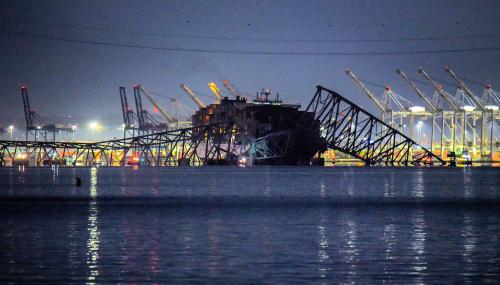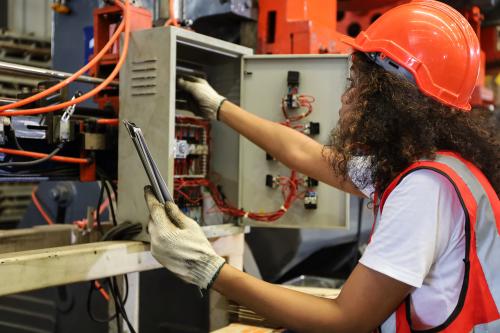The kickoff event for Infrastructure Week 2015 featured a heavy emphasis on the intractable problems with the federal Highway Trust Fund. There is little doubt that the nation’s gasoline tax—which has been at the same 18.4-cent level since 1992 and feeds the trust fund—needs to be raised. But that’s going to be difficult as there is only a modicum of support for an increase from Congress and the Obama administration.
Something has to be done. The gas tax is critically important to our nation’s roads, bridges, and public transit. But to boost support for an increase, we need a systemic change in the way we think about, design, and implement transportation policies so that a gas tax increase comes with real reform that helps us get the most out of our national investment. Key to this new thinking is a three-pronged strategy to lead, empower, and leverage performance of the federal program. What would that look like?
Lead. The U.S. is one of the only industrialized countries without a strategy for goods movement. States and cities cannot develop one on their own, as the economy is highly interconnected (over 75 percent of goods cross state lines, the definition of interstate commerce). My colleagues Adie Tomer and Joseph Kane have proposed a five-year, $11.1 billion national freight investment program paid for through a multimodal freight fee, a diesel tax, and general funds.
Empower: Then there are areas where the federal government should allow greater flexibility for states and cities to innovate on projects that connect metros. For example, passenger facility charges, which are used to fund airport modernization, are artificially capped at $4.50 and do not do nearly enough to cover an airport’s operating and long-term investment costs. The busiest passenger airports need to be empowered with the ability to meet their larger-than-average congestion and investment costs without federal impositions or caps. The archaic restrictions on tolls on interstates should also be lifted. Metropolitan and local leaders, in conjunction with the states, are in the best position to determine which interstate roadway segments are the strongest candidates for pricing strategies.
Leverage: The federal government should continue to refine existing innovation finance tools to squeeze the most out of the transportation and water programs. There are a number of existing credit tools like the Transportation Infrastructure Finance and Innovation Act program, the Railroad Rehabilitation & Improvement Financing program, and private activity bonds now coordinated under one roof at the U.S. Department of Transportation. Doing the same at the U.S. Environmental Protection Agency with the Water Infrastructure and Resiliency Finance Center could help set the stage for transition to a National Infrastructure Bank while boosting the capacity of state and local agencies to take advantage of private capital for infrastructure investments.
These are just a few ideas, and a lot of them need authorizing legislation and, therefore, support from Congress. But this kind of change must come if our nation is going to invest transportation resources in a way that ensures vitality and competitiveness for the U.S. economy, our cities, and our families.


Commentary
A federalist agenda for transportation
May 13, 2015